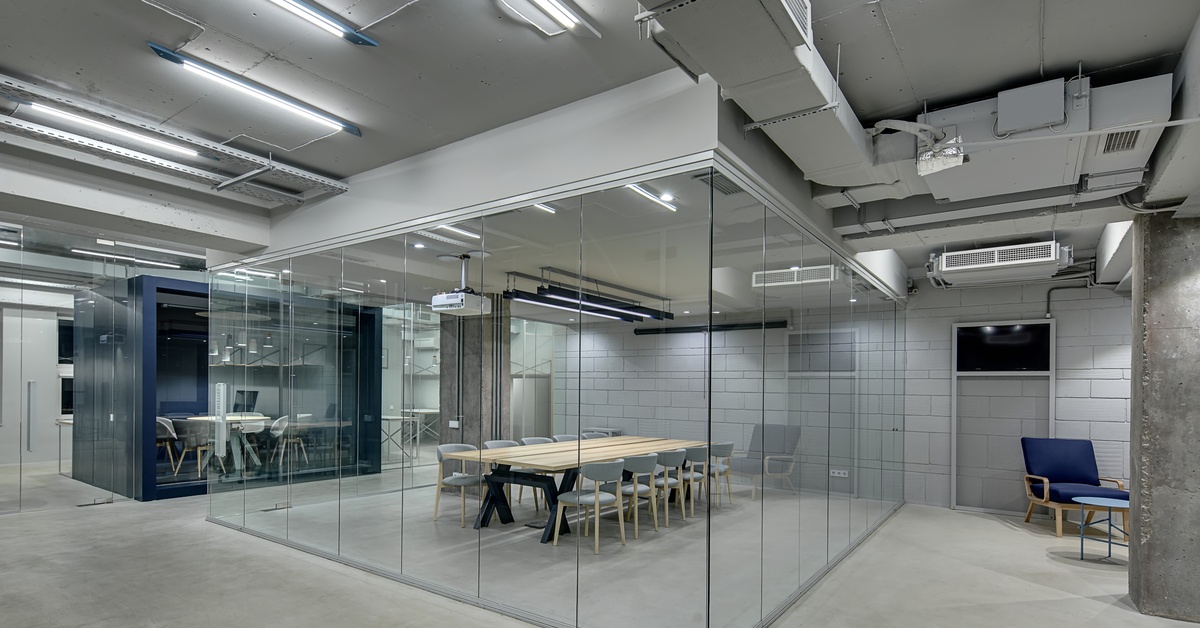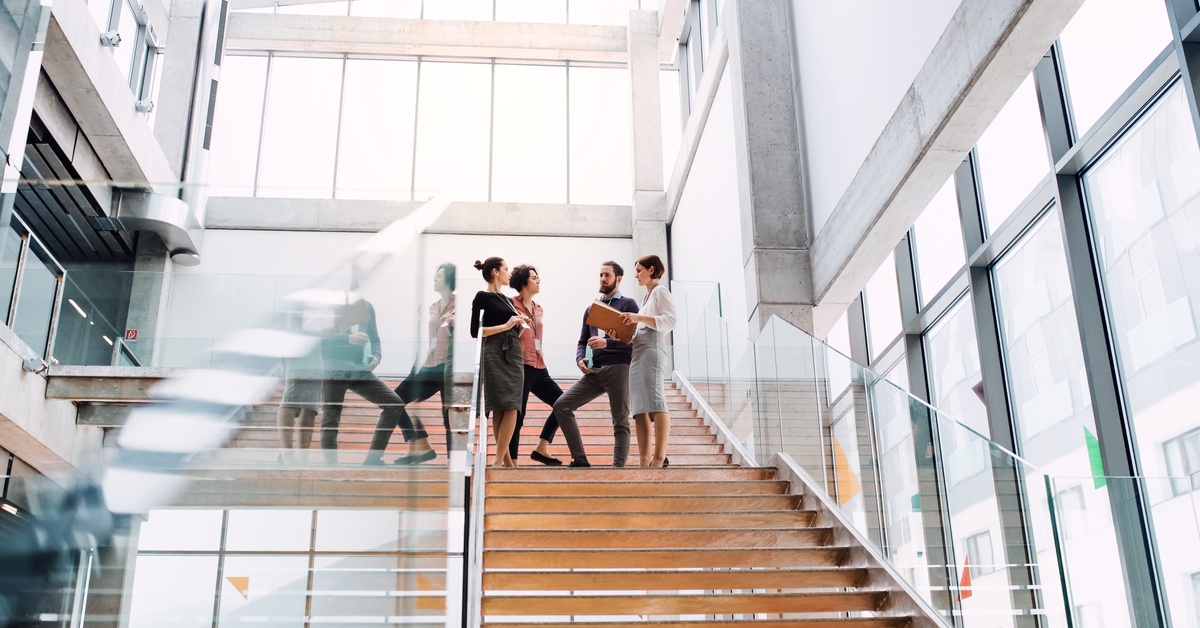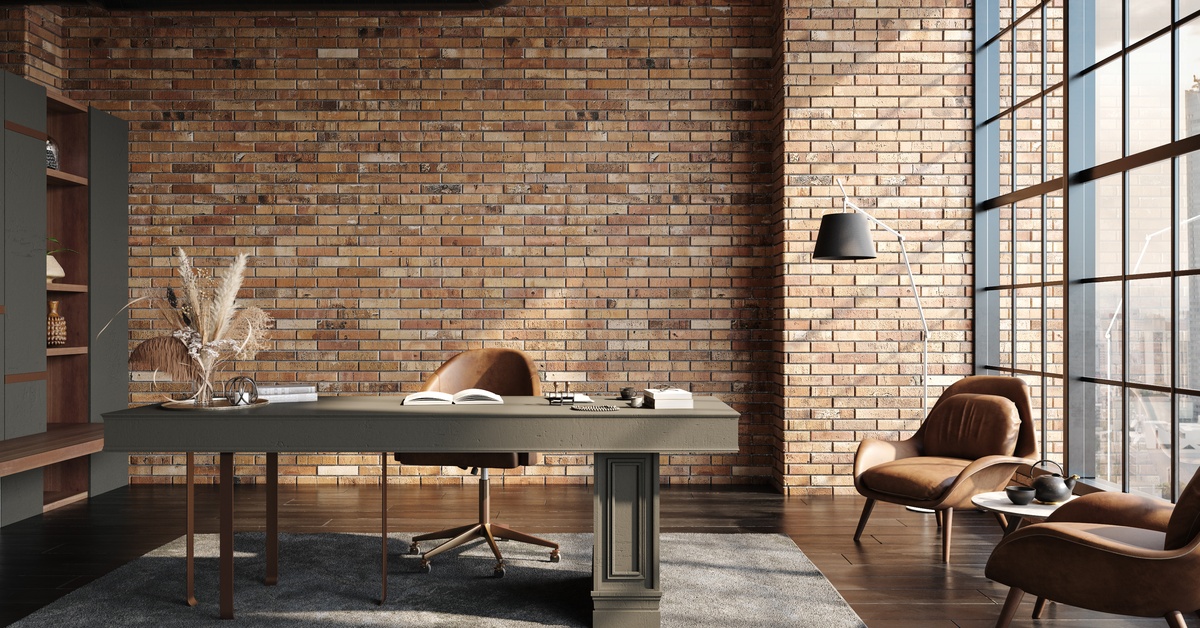Open office plans foster collaboration and communication, but they also introduce challenges like noise and distractions. Finding a balance between an open atmosphere and the need for focused work can feel like a complex puzzle. Many businesses discover that incorporating partitions offers a functional approach. Knowing why high partitions are great for open office spaces helps companies create a more productive and harmonious work environment for everyone. These structures provide a middle ground, offering the benefits of an open layout while mitigating its drawbacks.
High partitions offer a way to define individual workspaces without isolating them. This approach allows for both private, concentrated work and easy team collaboration. By sectioning off areas, partitions help reduce ambient noise and visual clutter, thereby boosting employee focus.
Moreover, they introduce an element of personal space that many employees appreciate in a bustling office. The flexibility of partitions allows them to adapt to a company’s evolving needs, making them a smart, long-term investment in office design.
Defining Spaces Within an Open Floor Plan
One of the primary functions of high partitions is to create distinct zones within a larger open area. This structuring helps organize the workspace logically, assigning specific areas for different teams or activities.
Creating Team Neighborhoods
High partitions can group employees into “neighborhoods” based on their departments or project teams. This fosters a sense of community and makes collaboration within teams more convenient.
For instance, the marketing team can have its designated zone, separate from the engineering department. This separation allows for team-specific discussions without disturbing other groups. Consequently, it promotes a stronger team identity and more efficient communication channels.
Designating Quiet and Collaborative Zones
Not all work requires the same environment. Some tasks demand intense concentration, while others thrive on group interaction. High partitions allow for the creation of specialized zones to accommodate these different work styles.
- Focus Zones: Areas enclosed by higher partitions can become designated quiet zones. These spaces offer employees a place to retreat for tasks that require deep concentration, free from the auditory and visual interruptions of the main office floor.
- Collaboration Hubs: Conversely, you can use lower or more transparent partitions to outline areas intended for group work and brainstorming. This setup encourages interaction while keeping the energy contained within that space.
Boosting Productivity Through Reduced Distractions
A common complaint in open offices revolves around the constant distractions. High partitions directly address this issue by creating physical and psychological barriers that help employees maintain their focus.
Minimizing Auditory Interruptions
Sound travels easily in an open environment. Phone calls, casual conversations, and even typing can become significant distractions for those trying to concentrate. High partitions, especially those made from sound-absorbing materials, can effectively dampen ambient noise.
This reduction in background chatter allows employees to focus better on their work, leading to improved productivity and fewer errors. A quieter workspace contributes to a less stressful and more pleasant atmosphere for everyone.
Limiting Visual Distractions
Movement and activity in peripheral vision can pull attention away from the task at hand. High partitions block these visual distractions, creating a more contained personal workspace. When an employee sits at a desk shielded by a partition, the constant motion of colleagues walking by becomes less intrusive. This sense of enclosure helps signal to the brain that it’s time to focus, making it easier to enter a state of deep work.
Improving Employee Well-Being and Satisfaction
Providing employees with a sense of personal space and control over their environment can positively impact their overall job satisfaction and well-being.
Providing a Sense of Privacy
Even in a collaborative environment, everyone needs a degree of privacy. High partitions offer a sense of personal territory, which can make employees feel more comfortable and secure. This personal space allows for private conversations and focused work without feeling constantly on display. The psychological benefit of having a defined workspace should not be underestimated; it fosters a sense of ownership and respect.
Supporting Health and Safety
Partitions can also help create a healthier office environment. They act as physical barriers that can help limit the spread of airborne illnesses, an essential consideration for many businesses. Furthermore, by defining walkways and individual spaces, they contribute to a more organized and safer office layout, reducing the chances of accidents.
The knowledge that the workspace considers their health can improve employee morale and confidence in their employer. Knowing why high partitions are great for open office spaces extends beyond simple aesthetics into practical, health-conscious design.
Enhancing the Office’s Flexibility and Style
High partitions are not just functional; they also offer aesthetic and practical flexibility. They come in various materials, colors, and styles, allowing businesses to customize their look while adapting to changing needs.
Adaptable and Reconfigurable
Business needs change over time. Teams expand, projects shift, and layouts may need adjustments. Partitions offer a temporary way to reconfigure office space as required. Unlike building permanent walls, moving partitions is a relatively cost-effective and straightforward process. This adaptability makes them a future-proof choice for growing and dynamic companies.
Aesthetic Versatility
Modern partitions are available in a wide range of designs.
- Materials: Choose from fabric, glass, wood, or metal to match your office decor.
- Colors: A broad spectrum of colors allows you to align the partitions with your brand identity or create a specific mood within different zones.
- Customization: Some partitions can feature whiteboards, pinboards, or integrated storage, adding another layer of functionality.
This versatility means you can use partitions to add visual interest and personality to the office, moving beyond a purely utilitarian function.
Let Us Help You Reshape Your Workspace
High partitions present a dynamic way to structure open office environments. They balance the collaborative spirit of an open plan with the need for individual focus and privacy. By reducing distractions, defining spaces, and improving employee comfort, they contribute to a more productive and positive workplace. For businesses looking to optimize their open offices, partitions offer a flexible, stylish way to meet the diverse needs of their workforce.
When you’re ready to explore office options, finding the right partner is essential. For high-quality commercial furniture in Bend, Oregon, our team offers expert guidance and a wide selection of furnishings to create a workspace that works for you. Contact us today to discuss your office design needs.




